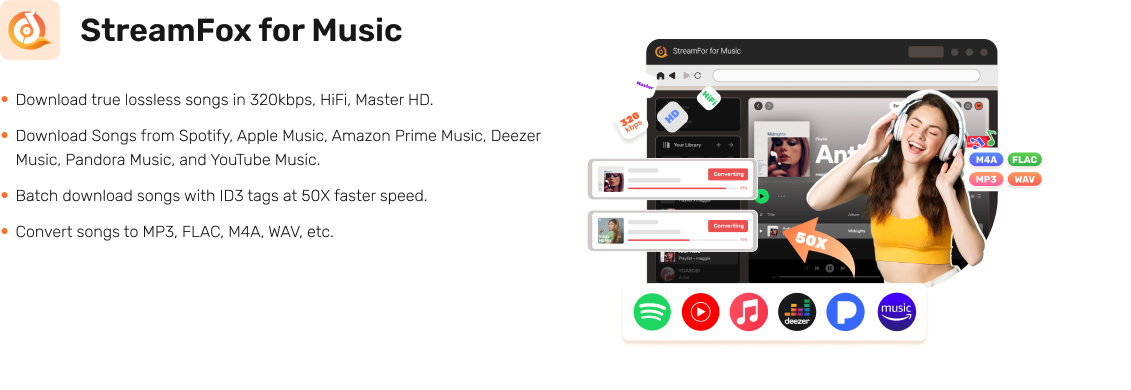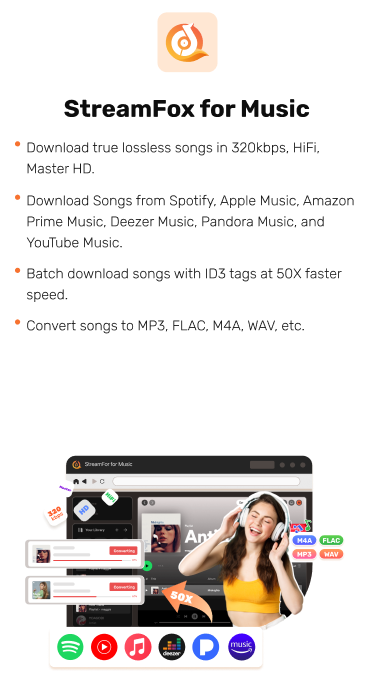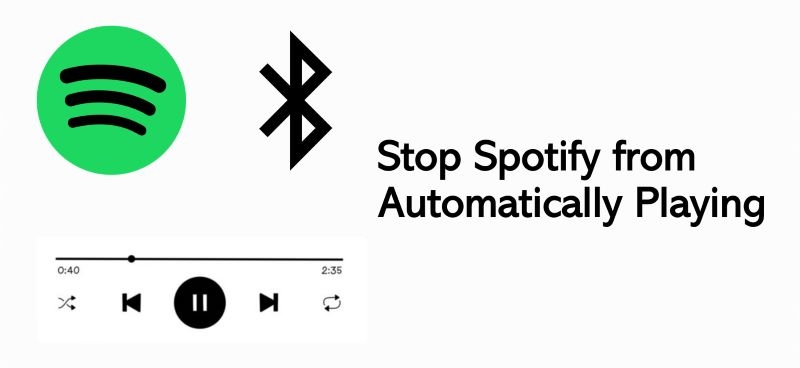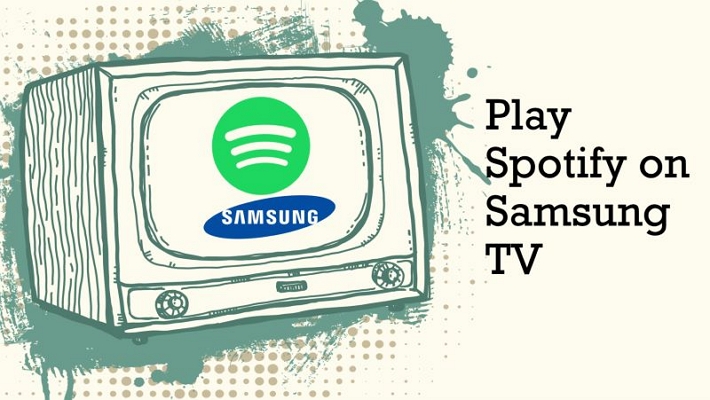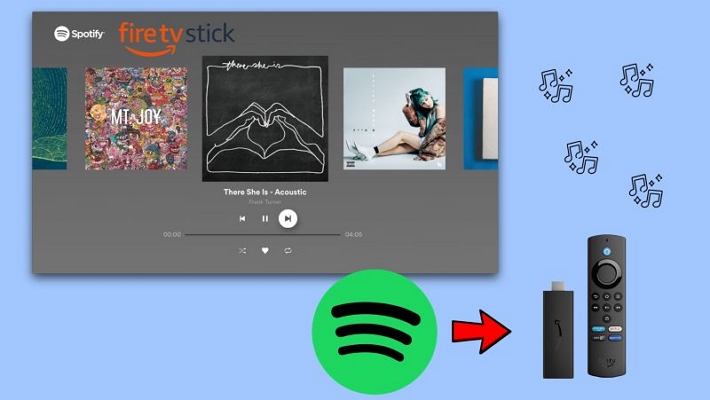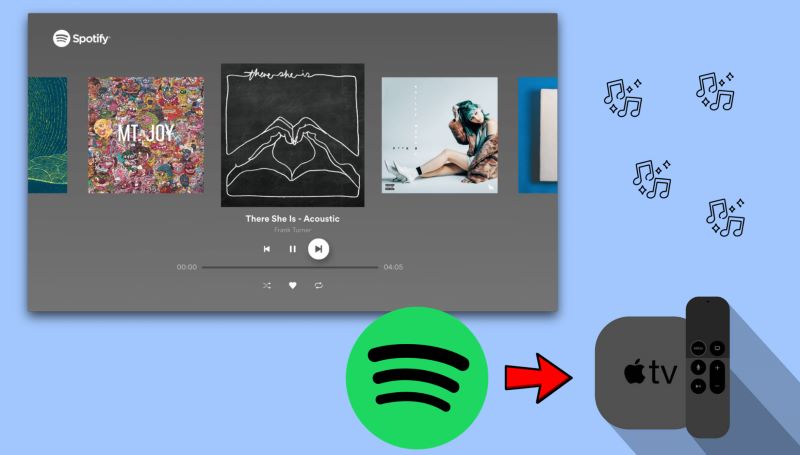3 Ways to Play Spotify on Amazon Echo
Alexa can do a lot, but the real magic happens when it plays exactly what you want to hear. If you’re a music lover, that means bringing Spotify to Amazon Echo. Simply put, it’s about enjoying the playlists you’ve curated, the carefully crafted liked songs, and the tracks that truly define moments for you.
Next, we’ll cover how to play Spotify on Amazon Echo using the Alexa app or other methods. No matter which Echo speaker you have or which generation you’re running, you will find the right steps here. Let’s go through it.
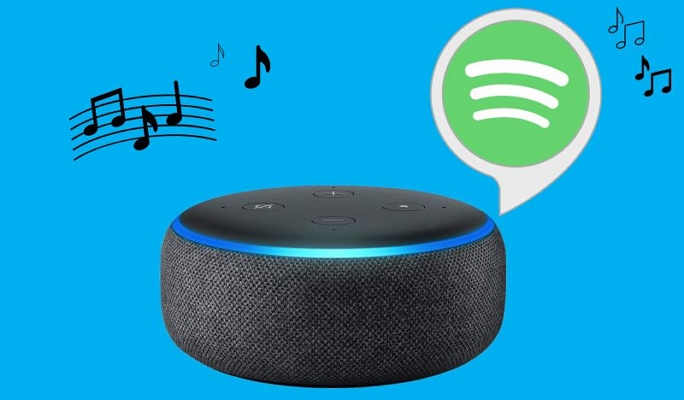
How to Play Spotify on Amazon Echo Using Alexa
Before your Alexa Echo can stream music from Spotify, you need to first link your Spotify account. Thankfully, the process is quick and straightforward. Here’s how to do it:
Step 1. Open the Alexa app on your iPhone or Android, tap More, and go to Settings.
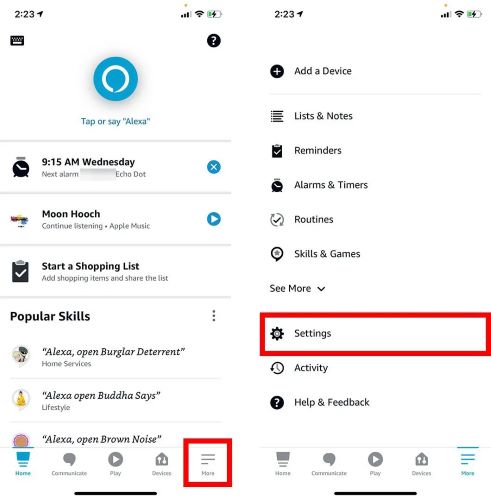
Step 2. Select Music & Podcasts and tap Link New Service.
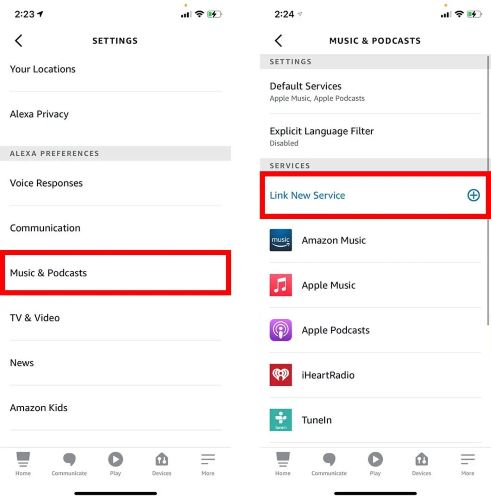
Step 3. Tap Spotify. Then hit Enable to Use.
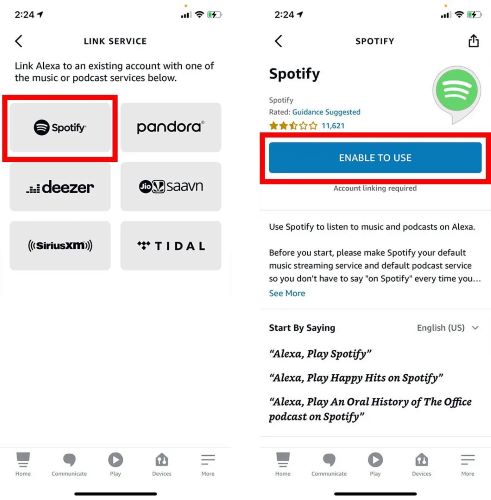
Step 4. Log into your Spotify account. Then, tap Agree to give permission to link.
Step 5. Once done, you’ll see a message confirming Spotify is now connected. Tap Close, and you’re set.
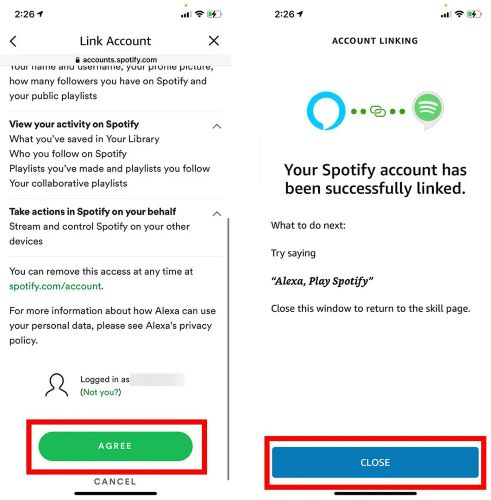
Tips: Troubleshoot “Can’t Link Spotify to Alexa”

Not all Alexa and Spotify integrations work flawlessly. Encountering a blank screen or finding the “Enable to Use” button missing is a common issue. Thankfully, all these are easily fixable. Here are a few quick fixes that should get things working again.
Fix 1: Check For Updates
You have to ensure that both the Alexa app on your phone as well as the Alexa’s software version on the Echo devices are up-to-date. Here’s how to check:
Update Alexa App on Phone
- Open App Store or Google Play.
- Search for Amazon Alexa. If an update is pending, install it.

Update Alexa on Echo Device
- Say: “Alexa, check for software updates.”
- If it is, ask Alexa to update. Alexa can handle the update itself.
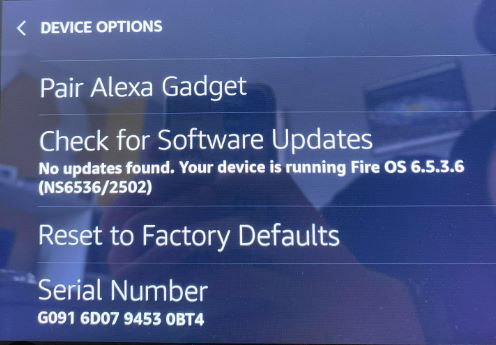
Fix 2: Reset the Connection
You can always just unlink Spotify and link again to wipe the connection clean. Follow these steps from inside the Alexa app on your phone:
- Open More › Settings › Music & Podcasts.
- Tap the Spotify icon and hit Disable Skill.
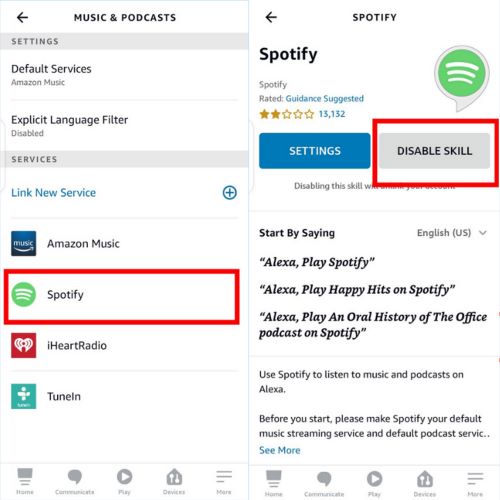
Now, reconnect from a fresh start:
- Open Spotify, go to Settings & Privacy, and tap Voice Assistants & Apps.
- Select Amazon Alexa, switch it on, then tap Connect.
- Approve the request when redirected to Amazon login page.
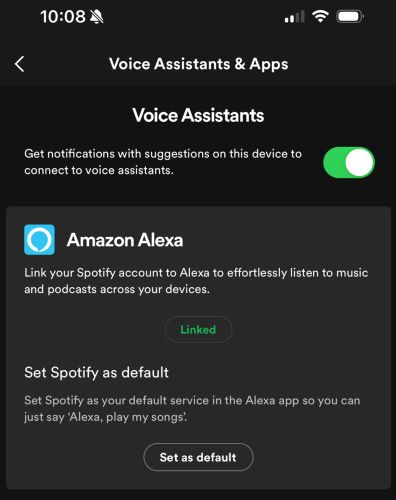
Listen to Spotify on Amazon Echo via Alexa App or Voice Commands
After linking your Spotify account with Alexa, there’s more than one way to start playing music. Let’s discuss the manual method as well as how to use voice commands to play Spotify music on Amazon Echo. You can choose one when it fits the moment.
Option 1: Through Alexa App
- Open the Amazon Alexa app on your phone.
- At the bottom tab, tap Play.
- You’ll see your playlists from the linked music services: Spotify included.
- Tap on the desired playlist or song title.
- Then, choose the Echo speakers for the output.
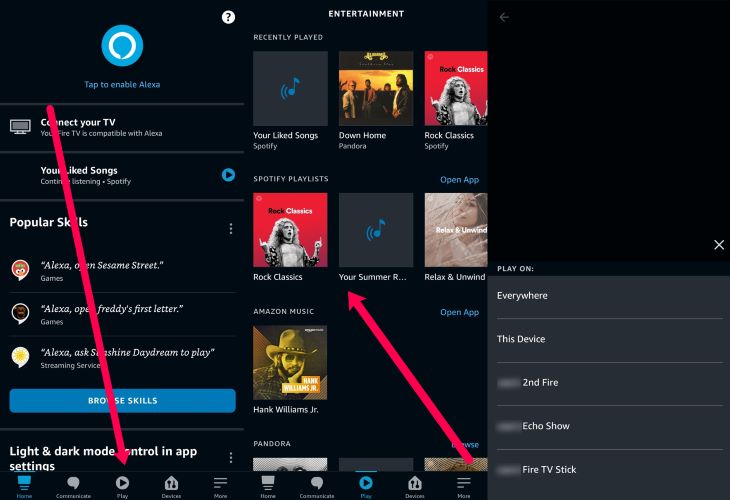
Once playback starts, a mini music player will pop up at the bottom. Tap it to expand for music control.
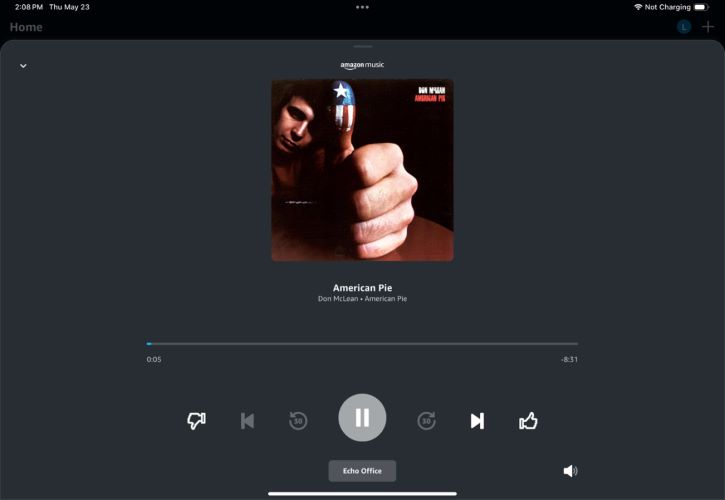
Option 2: Through Voice Commands
This is what Alexa was designed for: no buttons, no searching, just your voice. Whenever you’re within earshot distance of the Echo device, say something like:
- “Alexa, play my Spotify playlist.”
- “Alexa, play Top 100 on Spotify.”
- “Alexa, play Bohemian Rhapsody by Queen on Spotify.”
Alexa will start playing the song.

Tips: Use Spotify Instead of Amazon Music on Amazon Echo Each Time
To ensure Amazon Echo always plays from Spotify without needing extra commands, you can set it as the default music service and here are the steps on the Alexa app:
- Go to More > Music & Podcasts.
- In the music and podcast page, click the gear icon at the top-right.
- Choose whether to apply the settings to Family or just your personal profile.
- Tap Default Services.
- Hit Change next to Amazon Music (or your current default service) and pick Spotify from the list.
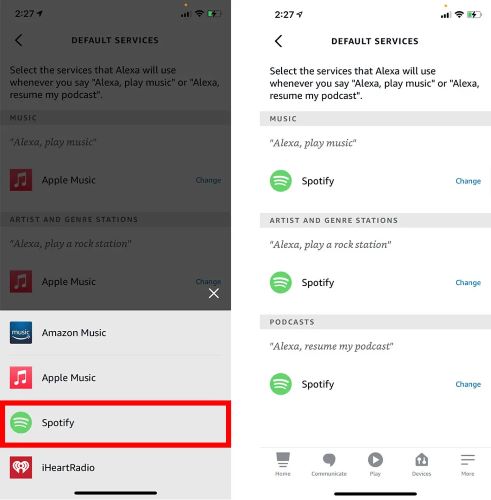
How to Play Spotify on Amazon Echo via Spotify Connect
Spotify Connect is useful when you want to switch playback from your phone’s speaker to your Echo device. As long as both Echo and phone are on the same Wi-Fi network, this is simple. To do this:
Connect Spotify to Amazon Echo with Spotify App
- Play a song on Spotify.
- Open the Now Playing screen.
- Tap on the Devices icon (speaker in the bottom-right corner).
- All connected services and devices currently on the same Wi-Fi network will appear in the list.
- Select the desired Echo speaker (you must link the desired speaker first to find it in the list).
Once you select your Echo, the playback will instantly switch to the Amazon speaker.
Note: You can also say, “Alexa, Spotify Connect.” Then, Alexa will scan all the Spotify accounts linked to the same Wi-Fi network, even if they’re not linked to Alexa. Choose which devices you want the music to play from and follow the instructions that Alexa tells you to.
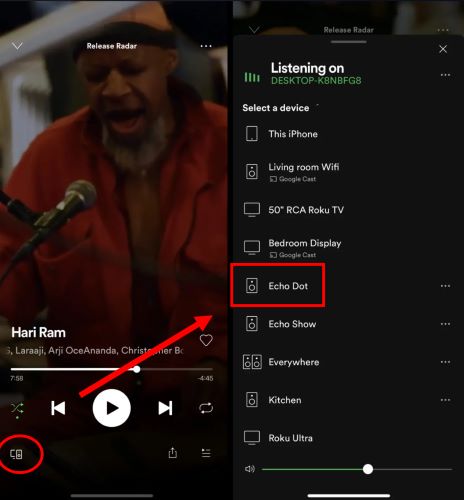
Control Spotify Playback on Amazon Echo via Spotify App
Not only can you initiate playback, but you can also fully control your music on Echo through the Spotify app. For instance, change the song, it will reflect on the Echo speakers.
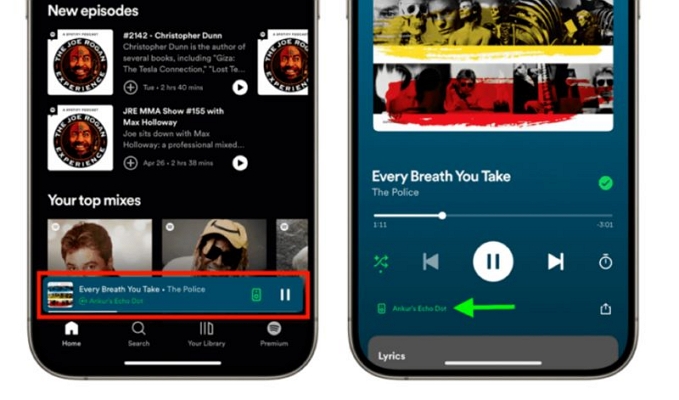
How to Listen to Spotify on Amazon Echo with Bluetooth
Playing Spotify on Alexa via Bluetooth is suitable when you just want to enjoy uninterrupted music: no ads, no buffering, no internet dependency. However, to truly make the most of it, you need to convert your Spotify songs first and then send the audio over Bluetooth. To do the first step: you can use StreamFox for Music.
StreamFox lets you save Spotify tracks in MP3, AAC, or FLAC directly to your device, so there is no reliance on the Spotify app, and no streaming restrictions like ads. Even better, you don’t need a premium account to do this. Yet, you can preserve 320 kbps audio quality while exporting the Spotify songs onto your device. This ensures that you can still listen to high-quality music on Amazon Echo, but without restrictions.

- Built-in Spotify browser makes it simple to save unlimited tracks directly to your device.
- 10x speed and batch processing convert entire Spotify playlists into offline files instantly.
- Original metadata retains, including track names, artist names, albums info, and cover art.
- All-in-one music converter supports Amazon Music, Apple Music, YouTube Music, and more for seamless offline playback on Echo.
Steps to Convert and Save Spotify Music to Your Device
Step 1. Download and install StreamFox for Music on your Windows or Mac computer. Open the tool and select Spotify from the main interface.
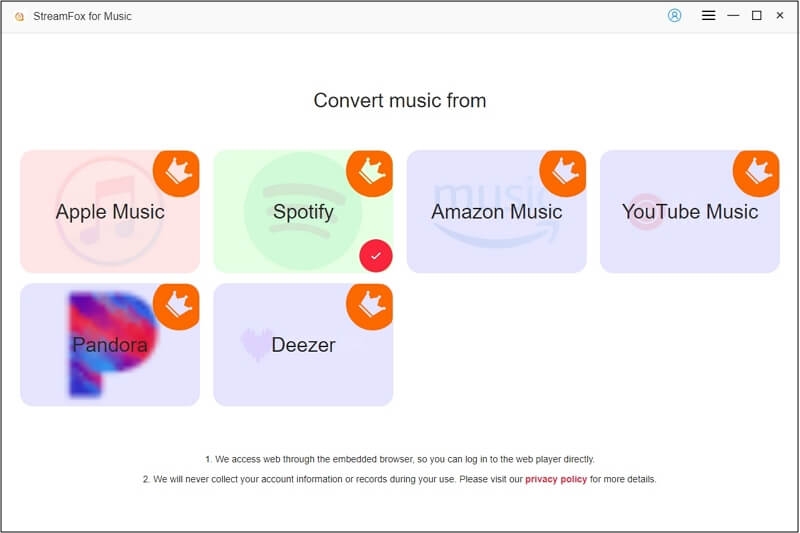
Step 2. Log in to your Spotify account (free or premium) using the built-in browser.

Step 3. Drag and drop your favorite songs, playlists, or all titles from the entire Spotify library onto the red plus (+) bar in the top-right.
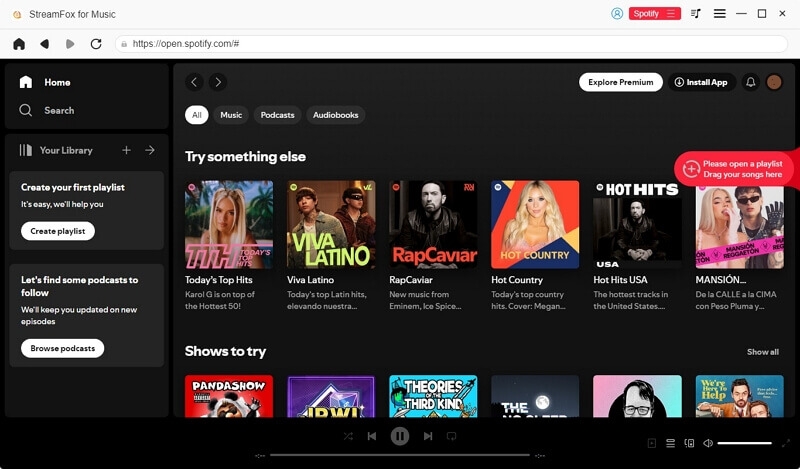
Step 4. Click Convert All to start converting the selected tracks.
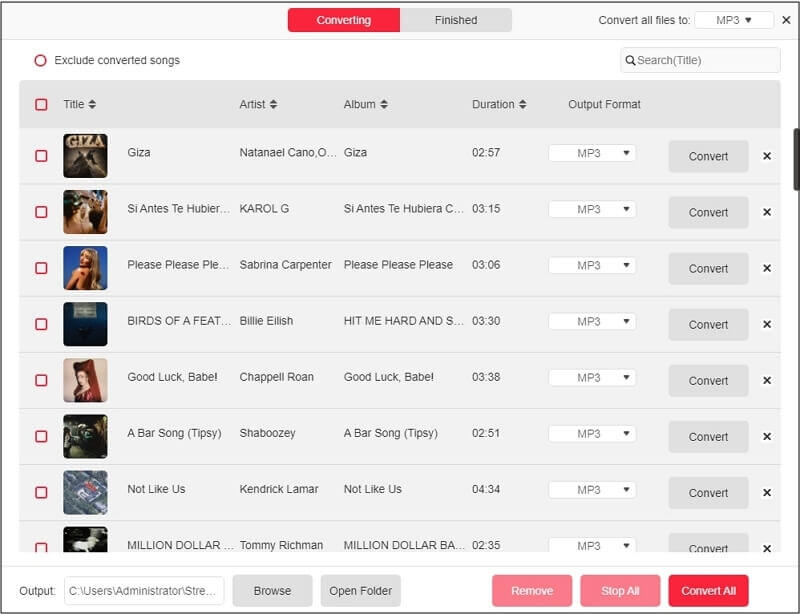
Step 5. You can see where the files are stored by switching to the Finished tab and click View Output File option.
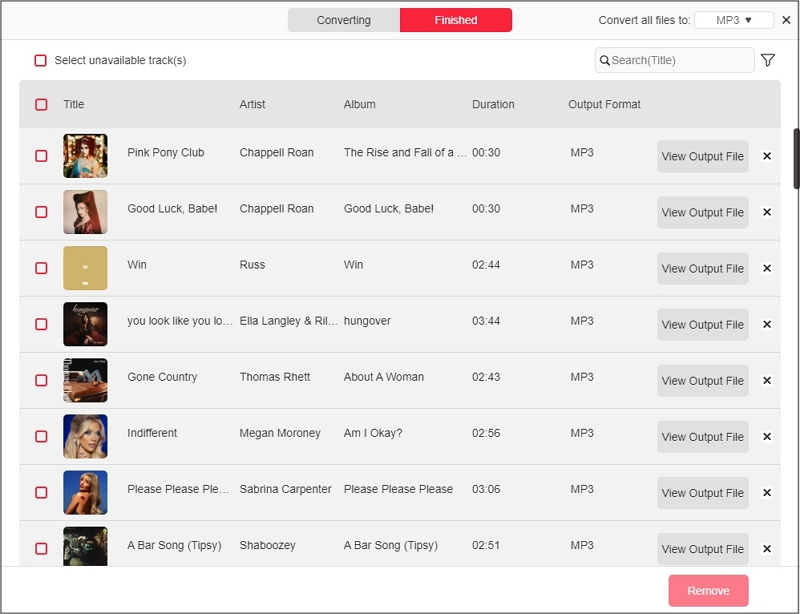
Step 6. You can simply play the converted songs on your Windows or Mac computer using a native media player (like Quicktime or Windows Media Player).
Connect Spotify to Amazon Echo with Bluetooth
Then, simply ask: “Alexa to switch to Bluetooth mode.” Plus, enable the Bluetooth on your computer to connect it to your Echo device. Once paired, the audio will switch to Alexa speakers.
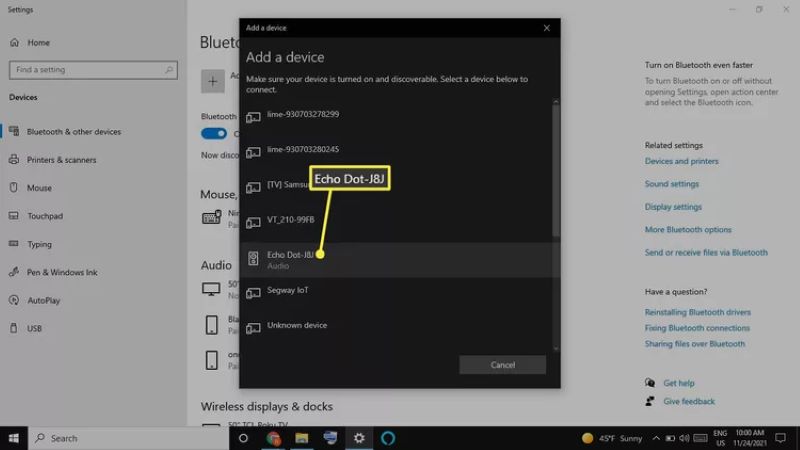
Play Spotify on Amazon Echo from Phone via Bluetooth
Bluetooth playing the converted Spotify songs from your phone to Amazon Echo is also possible. Here’s how to do it—first for Android, then for iPhone.
On Android
- Connect your Android device to the computer using a USB cable.
- Locate the StreamFox-converted songs. Then copy and paste them into any preferred folder inside your Android’s internal storage.
- Once the transfer is complete, turn on Bluetooth on your Android.
- Then, open the Alexa app, navigate to Devices > Bluetooth Devices.
- Tap Pair a New Device. Select your Android device’s name from the list.
- Open Samsung Music or any other media player on Android. Find the StreamFox-converted songs and play them. The music will play via Bluetooth on the Echo devices.
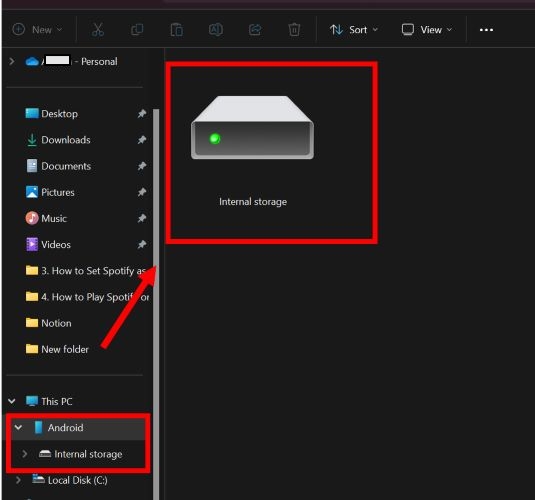


On iPhone
- Plug the iPhone into your computer.
- Open Finder and locate your iPhone in the left sidebar. Next, switch to the Files tab.
- Then, open a New Finder Window, navigate to the StreamFox folder, and select the songs you want to transfer. Then, drag them into the Files section of a compatible media app, such as VLC or Chrome.
- After the songs are saved on your iPhone, say to your Echo device: “Alexa, turn on Bluetooth mode.”
- On your iPhone, open Bluetooth settings, locate the Echo device in the available devices list and tap to pair.
- Once connected, play the songs from where saves the transferred Spotify music, and they will play through Amazon Echo over Bluetooth.



Can’t Play Spotify on Amazon Echo [How to Fix]
If you listen to Spotify on Amazon Echo via the Alexa app, you may encounter that Amazon Echo is refusing to play music from Spotify. For instance, it doesn’t respond when you request Spotify, keeps switching to Amazon Music, or randomly stops playback. These problems typically stem from Wi-Fi issues, minor glitches, or small software conflicts. Thankfully, all these are easily fixable.
Fix 1: Check Wi-Fi
Alexa requires a stable internet connection to properly communicate with Spotify on Echo. If the network is weak or unstable, playback may fail, lag, or stop randomly.
To check and fix your internet connection:
- Run a quick speed test on your phone’s browser.
- Simply visit fast.com or speedtest.net.
- If the internet speed is slow, restart your router and reconnect Alexa app to Wi-Fi.
Once done, test Alexa again.
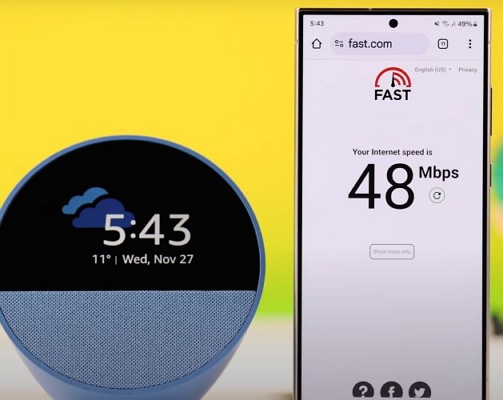
Fix 2. Check Echo Volume
It’s possible that Spotify is playing on a muted Amazon Echo. So, you hear nothing from the Echo and think Spotify isn’t working on the device.
- Look at your Echo device: if the red light is on, the microphone is muted.
- Press the mic button to unmute it.
Also, check the volume: Either increase it using the physical buttons or simply say: “Alexa, increase the volume.”
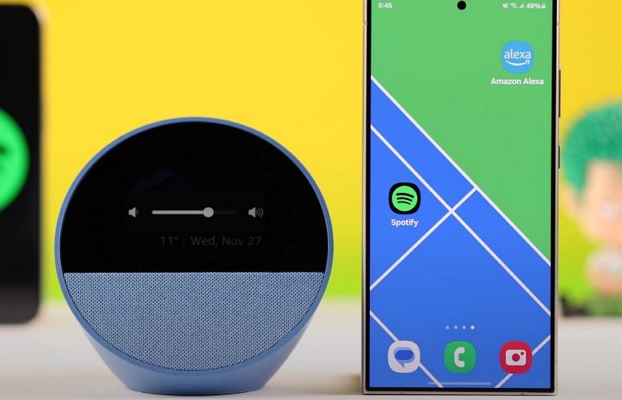
Fix 3: Cold Reboot Echo
A cold reboot is a widely recommended fix when Echo fails to recognize voice commands or fails to communicate with linked services like Spotify. You can do this with three simple steps:
- Unplug the Echo device from its power source.
- Wait for 60 seconds, which will allow Echo’s memory to refresh completely.
- Plug it back in and let Echo restart fully.
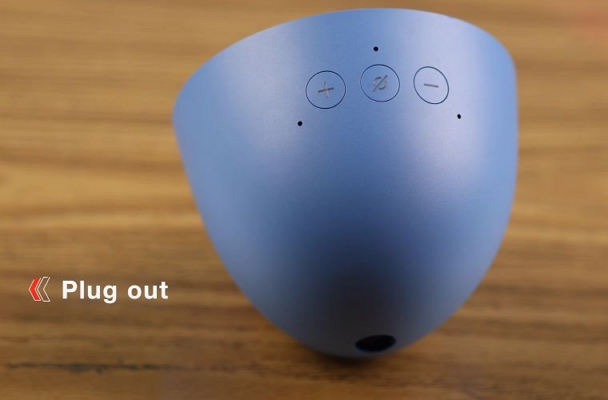
Fix 4: Update & Clear Cache on Alexa & Spotify Apps
Outdated apps can cause conflicts between Alexa and Spotify. So, go to the Play Store or App Store. And make sure that both Alexa and Spotify are up to date.
Then, you should also clear the temporary data (cache memory) of both apps to clear minor glitches. Here’s how to clear the Alexa app cache:
On Android:
- Press & hold Amazon Alexa app icon on the home screen.
- Tap the i icon to go to the App info page. And choose Storage.
- Select Clear Cache from the bottom.
Note: Follow the same steps to clear the cache of the Spotify app on Android.

On iPhone:
- Open the Settings app. Choose General > iPhone Storage.
- Find Amazon Alexa. Then, tap Offload App and confirm.
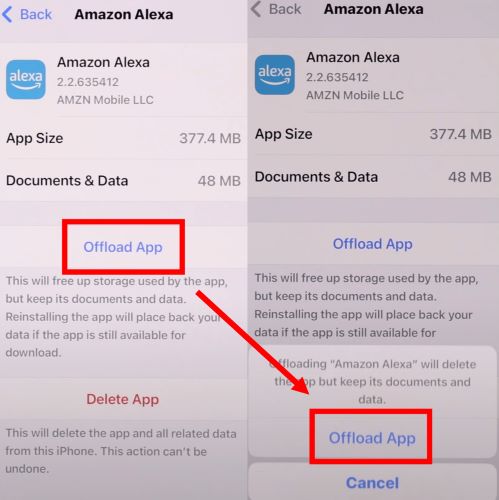
Once done, you will see the Reinstall App option. Tap it to refresh the Alexa app without losing data.
Note: The steps remain the same for clearing cache of the Spotify app.

Fix 5: Factory Reset Echo
As a last resort, you can reset your Echo, which completely removes corrupted configurations. However, it will also remove previous settings and linked Smart Home connections.
So, you will have to set up the device again. Of course, different Alexa Echo speakers have varying reset methods. For example, here’s how to reset the Echo Dot (2nd, 3rd, 4th, or 5th Generation):
- Press and hold both theMicrophone Offand Volume Down buttons for 20 seconds.
- Wait for the light ring to power down and restart, confirming that Echo is fully reset.

Once Echo reboots, complete the usual setup (configure Amazon account and Wi-Fi). Then, follow the earlier discussed steps to link Spotify and make it your default music service. Then, Alexa should play Spotify with no problem.
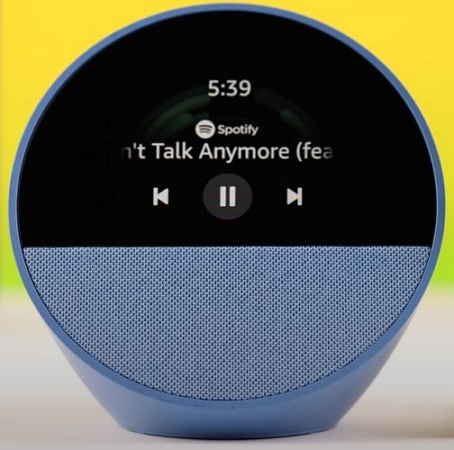
Can Echo Dot Play Spotify as an Alarm
Yes, Echo can definitely play Spotify as an alarm. Setting it up is incredibly simple. All you need to do is say:
“Alexa, set an alarm for 6 a.m. with the Eye of the Tiger song on Spotify.”
Alexa will play the song as your wake-up tone at the specified time.
To set it up manually through the Alexa app:
- Tap on the More tab in the Alexa app on iOS or Android.
- Select Alarms & Timers from the menu.
- Tap the + button.
- Configure as needed. Then, tap on the Sound icon and pick the desired song from Spotify.
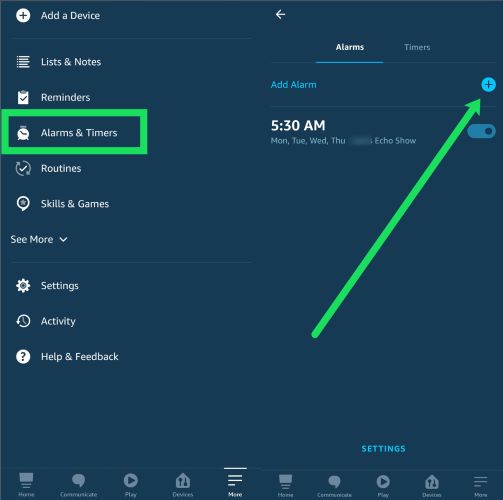
Once selected, the Echo speakers will play the Spotify song at the wake-time.
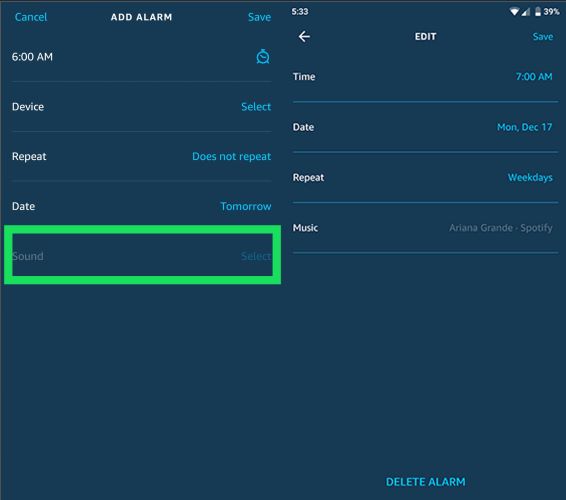
Difference Between Using Spotify and Amazon Music on Amazon Echo
Here’s a simple side-by-side comparison table to understand their difference via facts:
| Feature | Amazon Music (for Echo Plan) | Spotify |
|---|---|---|
| Subscription Cost | US$ 5.99/month | US$ 11.99/month |
| Free Access | Normal quality with ads, no on-demand playlist | Up to 256 kbps, ads, no on-demand playlist |
| Number of Devices | Available on one Echo device | Unlimited devices |
| Streaming Quality | Ultra HD, Dolby Atmos, 360 Reality Audio, up to 320 kbps | Up to 320 kbps, no high-resolution audio |
| Personalized Voice Commands | Same range available for both | Same range available for both |
| Discovery Features | “My Discovery Mix” updates every Monday | Personalized playlists like Discover Weekly, personalized Jam and more |
| Control & Accessibility | Integrate well with the Amazon ecosystem | More intuitive via mobile (Spotify Connect allows multiple accounts on a single Alexa speaker) |
Conclusion
Now that Alexa is fully set up, playing Spotify music is as simple as giving a voice command. However, the most seamless way to enjoy Spotify is using offline music via Bluetooth.
With offline playback, you can eliminate ads, buffering, and any connectivity issues. This is where StreamFox for Music becomes essential. It allows you to convert Spotify tracks in high quality, even without a premium subscription. Once converted, you can connect your device via Bluetooth to any Alexa speaker for an unrestricted music listening experience.






